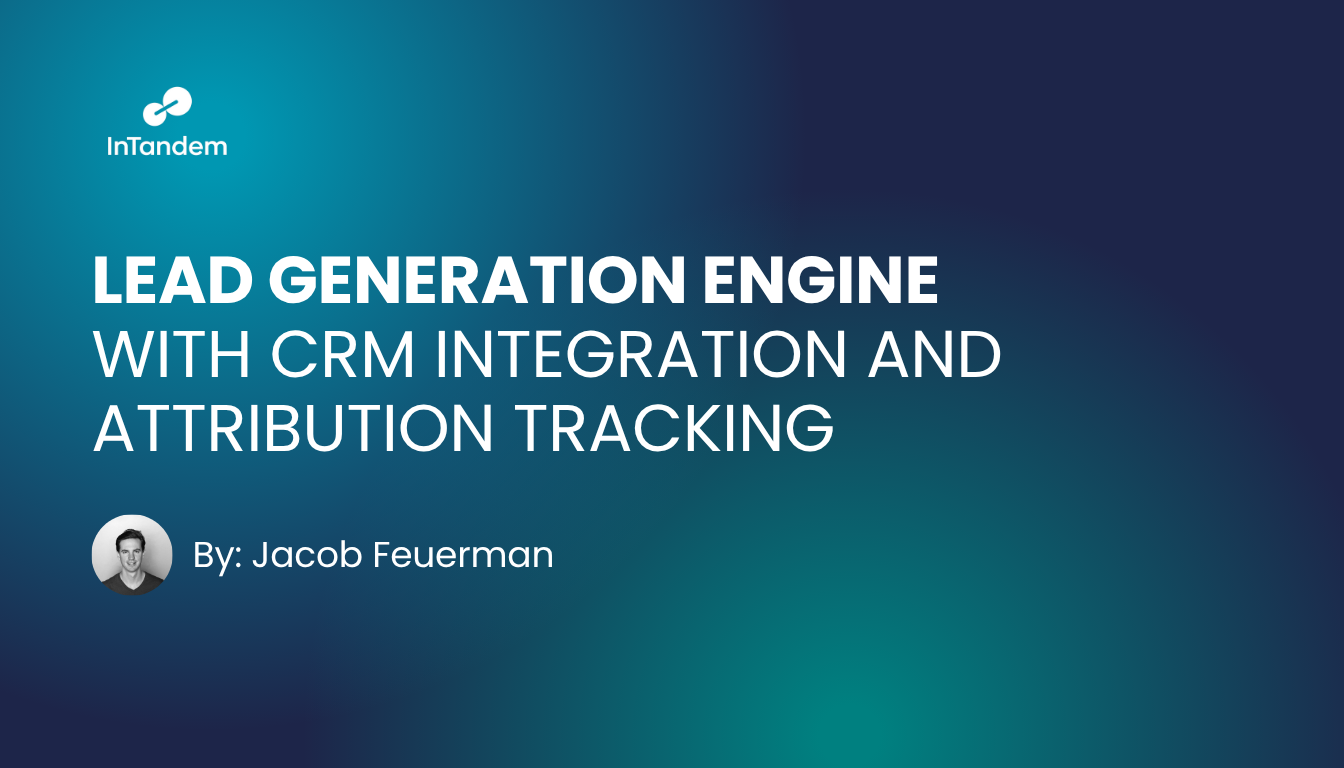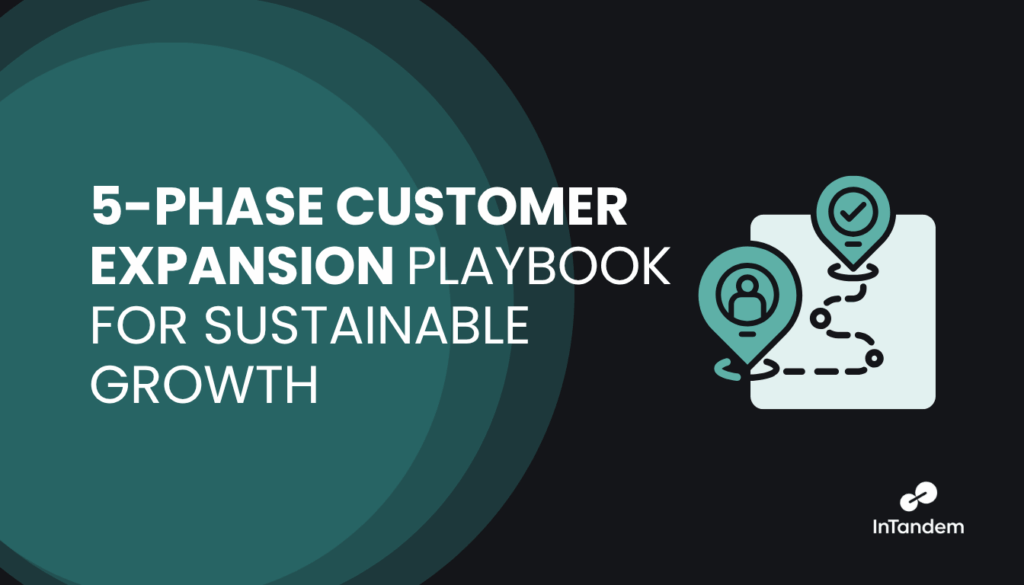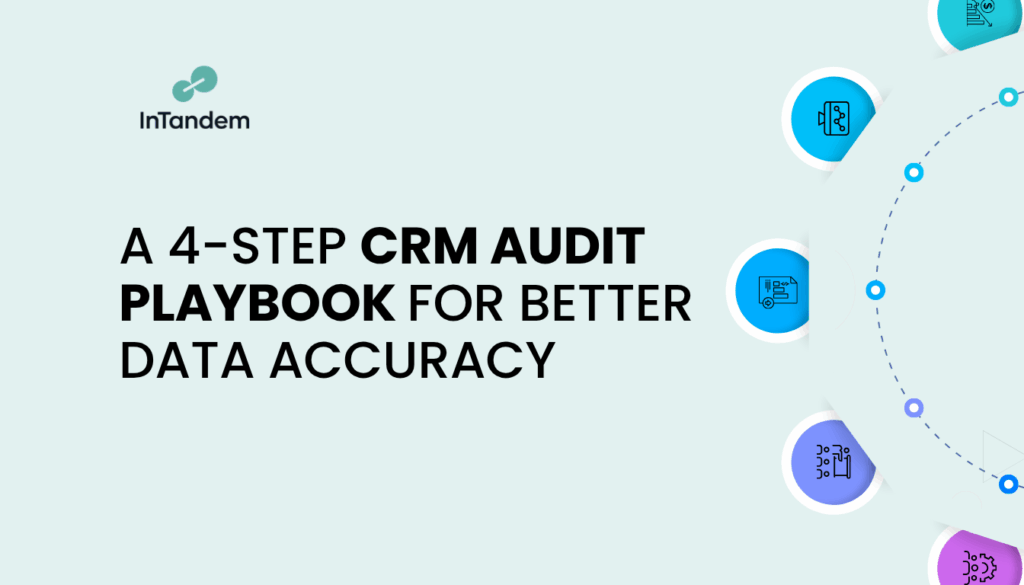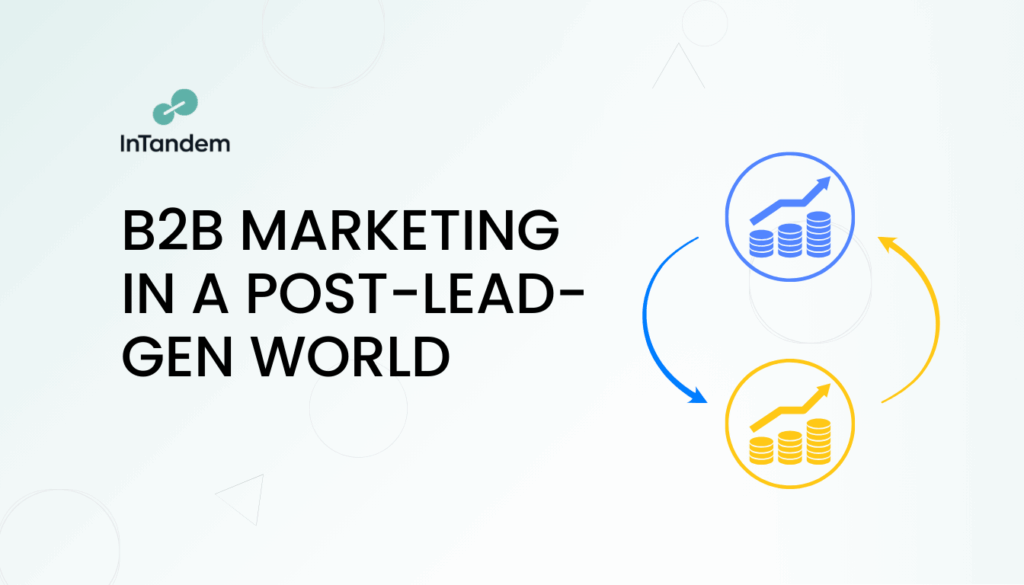Lead Generation Engine with CRM Integration and Attribution Tracking

Article Highlights
In today’s revenue-driven world, the role of Revenue Operations (RevOps) has evolved from reactive support to proactive growth leadership. One area where this shift is most visible is in how organizations build and operate their lead generation engine. When combined with strong CRM integration and robust attribution tracking, lead generation becomes far more than a marketing silo it becomes the engine that powers predictable revenue.
Let’s explore how and why a well-orchestrated lead generation engine, tightly integrated with your CRM and attribution ecosystem, can transform your growth model. Then we’ll walk through a practical implementation framework that RevOps teams can own and execute.
Why lead generation must evolve
Many organizations still treat lead generation as the responsibility of marketing alone: campaigns are run, leads come in, and then the handoff to sales happens. The problem is this approach often obscures two critical issues:
- Lead quality and relevance: Without real-time alignment with the CRM, marketing may generate volume but little value.
- Lack of insight into what drives revenue: When attribution is weak or absent, you can’t reliably answer which channels, messages or touch points actually move deals forward.
For RevOps, the opportunity is clear. By owning the engine end-to-end from lead capture to pipeline conversion to attribution you close the loop between GTM investment and revenue outcome. Integration to your CRM ensures you’re tracking the right leads, routing them appropriately and feeding them back into the system for measurement. Attribution tracking then lets you measure what matters, optimise what works and eliminate waste.
Three core components of the engine
From a RevOps lens, there are three core components you must build into your lead generation engine:
- Capture & qualification
- Ensure every inbound form, webinar registration, content download or outbound engagement feeds into the CRM as a lead or contact record.
- Define clear qualification criteria (firmographic, behavioural, intent) so that marketing determines whether a lead enters nurturing, sales engagement or is parked for later.
- Automate routing rules so that when a lead hits qualification, it’s assigned, notified and followed up within your SLA.
- CRM integration and data hygiene
- Your CRM (for example, Salesforce CRM, HubSpot CRM or others) must serve as the single source of truth for all lead, contact and opportunity lifecycle data.
- Integrations must ensure lead source, campaign, content asset, referral and channel data are captured at the lead level and persisted through opportunity close.
- Data hygiene rules (duplicate detection, regular cleansing, standardised fields) are essential so that attribution and reporting are reliable.
- Attribution tracking and analytics
- Develop an attribution model (first touch, multi-touch, or customised) that aligns with your revenue reality.
- Tag every touchpoint – campaign codes, UTM parameters, referral tags – and feed these into your CRM or analytics platform.
- Use dashboards to associate leads and opportunities with those tags, and surface metrics like cost per opportunity, cost per MQL, channel ROI and revenue influence.
- RevOps teams should own cadence of review and optimisation: look at what’s working, what isn’t, and tie it back into your lead generation strategy.
Implementation framework for RevOps
Here is a practical four-step approach for RevOps teams looking to build or optimize this engine.
Step 1: Audit your current state
Start with a review of how leads are currently captured, routed, recorded and attributed. Ask: Where do leads enter the system? How are they qualified? What information is stuck in marketing tools and never makes it into the CRM? What attribution data do you currently capture and how clean is that data? Document the gaps.
Step 2: Define engine architecture and hand-off points
Map out the “lead flow” from origin to close. This includes: capture (which channels), qualification criteria, routing rules, CRM field mappings, campaign → opportunity attribution links, and the hand-off from marketing to sales. Define ownership and SLAs for each step. Embed qualification thresholds and ensure everyone understands when a lead becomes an opportunity.
Step 3: Build integration and logging mechanisms
Work with your tech stack to implement or refine integrations. This might include: marketing automation tool → CRM sync, embedding UTM/campaign parameters into lead records, ensuring your CRM picks up and persists those parameters through to opportunity close. Implement or refine routing automation and notifications. And enforce data hygiene through regular audits.
Step 4: Deploy attribution model and optimisation loop
Decide the attribution logic that makes sense for your business. Build dashboards in your CRM or BI tool that link leads, opportunities and revenue back to channels, campaigns and content assets. At your regular GTM operations cadence, review these dashboards and ask: Which channels are over-invested? Which are under-invested? What campaign types deliver higher conversion? Use those insights to optimize budget, content and cadence.
How RevOps makes the difference
While each function (marketing, sales, customer success) plays a part, RevOps is uniquely positioned to bring the engine together. Here’s how:
- System ownership: RevOps manages the CRM, data flow and tech integrations that power the engine.
- Metric alignment: RevOps ensures that lead generation KPIs tie into pipeline and revenue metrics rather than isolated marketing metrics.
- Process enforcement: RevOps defines and operationalises hand-off rules, routing SLAs and data hygiene standards.
- Continuous optimisation: With attribution data in hand, RevOps leads the feedback loop between results and strategy. They turn insights into action.
Final thoughts
Building a lead generation engine that is tightly integrated with your CRM and powered by attribution tracking is no longer a “nice to have” it is essential for predictable growth. From a RevOps perspective, this architecture delivers far more than lead volume: it delivers measurable pipeline, revenue influence and a feedback loop for optimisation.
If you’re ready to move from disconnected lead generation to a revenue-centric engine, start with your flow, make sure your CRM is plugged in, and establish attribution as a business discipline. With all three components working in harmony, your GTM organization will no longer guess at the growth it will generate.







